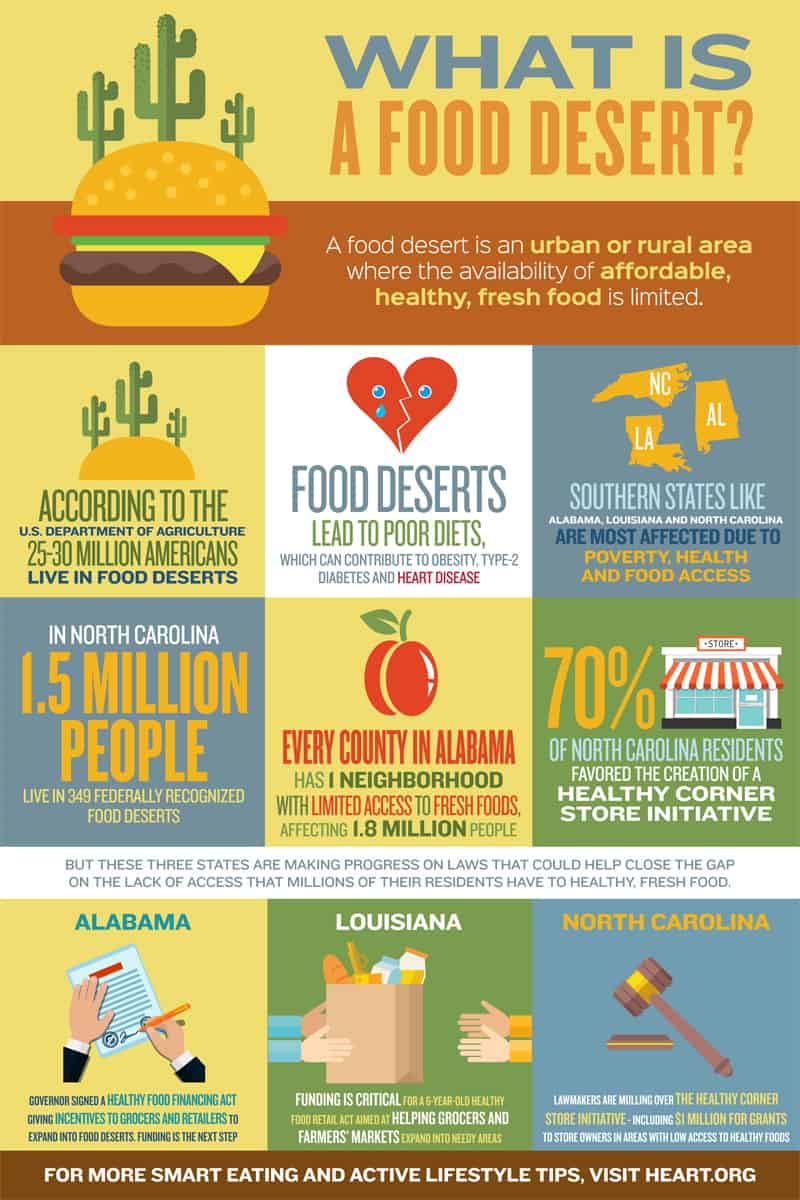This Dr. Axe content is medically reviewed or fact checked to ensure factually accurate information.
With strict editorial sourcing guidelines, we only link to academic research institutions, reputable media sites and, when research is available, medically peer-reviewed studies. Note that the numbers in parentheses (1, 2, etc.) are clickable links to these studies.
The information in our articles is NOT intended to replace a one-on-one relationship with a qualified health care professional and is not intended as medical advice.
This article is based on scientific evidence, written by experts and fact checked by our trained editorial staff. Note that the numbers in parentheses (1, 2, etc.) are clickable links to medically peer-reviewed studies.
Our team includes licensed nutritionists and dietitians, certified health education specialists, as well as certified strength and conditioning specialists, personal trainers and corrective exercise specialists. Our team aims to be not only thorough with its research, but also objective and unbiased.
The information in our articles is NOT intended to replace a one-on-one relationship with a qualified health care professional and is not intended as medical advice.
The Food Desert Dilemma: 23+ Million Americans Lack Access to a Supermarket
May 13, 2018

Imagine this: Instead of being able to buy groceries at your local supermarket, you’re forced to opt for eating fast food (or surviving off of convenience store cuisine). Welcome to the life of living in a food desert. Chips. Soda. Cheap meat. You get the picture. No one should have to eat dinner from a gas station or liquor store. But it’s happening in America at an alarming rate.
Maybe it’s due to the high costs of fresh produce — or maybe fresh, healthy, affordable options just aren’t unavailable in your neighborhoods. While many of us are lucky enough to drive to the nearest supermarket and load up on anti-inflammatory foods, that just isn’t realistic if you’re living in a food desert.
With no transportation or grocery stores within walking distance for so many people, it’s time we stop turning a blind eye to the epidemic of food deserts in American cities. (They can even occur in rural towns, too).
What Is a Food Desert?
Eating healthy is hard enough these days. And it’s even more challenging considering all of the hurdles listed above. To better understand food deserts today, let’s take a look back. The history of food deserts, or the first instance of food deserts, emerged when a task force in the United Kingdom detected low-income households lacked access to nutritious food in the 1990s. Despite this observation, there was little data to back up these claims to provide or garner assistance in these areas to help people gain access to healthy foods. (1)
Recently, an array of demographic and geographical information became available to define a food desert. Specifically, the newly collected data helps answer the question: What causes food deserts. The USDA defines food deserts “as parts of the country vapid of fresh fruit, vegetables … and other healthful whole foods, usually found in impoverished areas. This is largely due to a lack of grocery stores, farmers’ markets … and healthy food providers.”
For an area to be considered a food desert or a low-access community, 33 percent of the population must reside more than a mile from a supermarket or large grocery store (and for rural areas, more than 10 miles). (2)

A food desert infographic from the American Heart Association
The socioeconomic characteristics of a food desert community commonly include:
- Low-income areas
- Areas where residents commonly don’t have cars
- Communities of color
- Areas oversaturated with liquor stores and fast food restaurants that serve foods high in sugar, fat and salt
- Areas with convenience stores abundant in ultra-processed foods (3)
This also raises the question: Why is the federal government subsidizing the junk food ingredients commonly found in food desert foods?
For example, a 2016 study on food deserts in New York City highlighted the federal government’s investment in large corporations and farms that produce cheap food ingredients like corn and soy. The report called out the fact that these subsidies play a huge role in creating cheap foods that are high in saturated fat and sugar and end up in food desert convenience stores. (4)
Food deserts in Chicago are now being tracked due to a 2017 Illinois law. This law requires the state’s Department of Public Health to provide an annual report that links health issues related to food deserts. Politicians who introduced this law did this in hopes to encourage more food retailers and producers to create more shopping options in Chicago’s food deserts. (5)
Here are some other food deserts stats:
- In 2009, USDA found that 23.5 million people lack access to a supermarket within a mile of their home.
- Wealthy census tracts have twice as many supermarkets compared to low-income tracts.
- Eight percent of African Americans live in an area with a supermarket, compared to 31 percent for white people
- Low-income zip codes are reported to have 25 percent fewer grocery stores or supermarkets and 1.3 times as many convenience stores. When broken down by race, areas populated by predominately black residents have approximately half of the supermarkets compared to predominately white populated areas (and predominately Latino areas only have a third). (6)
The Controversy Over Food Deserts
We’re going to dive into why food deserts are a problem, why food deserts exist and why they’re controversial. The term “food desert” received backlash because it implies that low access to healthy food is a naturally occurring circumstance, rather than recognizing the cause of this phenomenon is due to underlying inequities.
Instead, researchers fromJohns Hopkins Bloomberg School of Public Health’s Center for a Livable Future (CLF) came up with the term “Healthy Food Priority Area.” The researchers collaborated with the Baltimore Food Policy Initiative within the Baltimore City’s Food Environment for it’s 2018 report, which noted: “to better characterize what is being measured, and recognizing that there is a suite of structural elements shaping Baltimore’s food system.” (7)
Generally, geography is blamed as the root cause for food desert-related health disparities. However, research is showing that it has more to do with income and class. A 2018 study recently documented that no matter the address or income threshold of the household, both high- and low- income households spend approximately 90 percent of their dollars at supermarkets and travel similar distances to reach grocery stores (which is roughly five and a half miles). But overall, those who live in food deserts travel an average of seven miles. In this regard, it starts with the level of education and availability of information about nutrition. These reasons are often tied to class and enable more affluent households to use that information to their advantage. (8, 9)
The Health Impacts of Living in a Food Desert
While it may seem like eating fast food is cheaper, that’s not necessarily the case. To highlight this, a student from Oakton Community College in Illinois performed an experiment and found that eating 3 fast-food meals a day for a week cost $87 per person. On the flipside, home-cooked meals using whole food ingredients cost just $42.93 per person.
But if you have poor access to those fresh ingredients, it’s tough to tackle at-home food prep on a regular basis.
Still, not only is fast-food often more expensive than cooking with whole foods, it’s also doing a number on overall health (and increasing healthcare costs). And statistically, ethnic minorities and low-income populations suffer from higher rates of cardiovascular disease, diabetes and obesity. (10)
Mapping of food deserts does show a connection between living in a food desert and obesity and diet-related diseases, including type 2 diabetes and cardiovascular disease. (11)
And adding insult to injury, low-income neighborhoods also face other health threats. Did you know that people living in low-income neighborhoods in the U.S. are more likely to face exposure to toxic air pollution? It’s no wonder, when you map out where fossil fuel power plants, chemical plants, factory farms and landfills are located. These things aren’t generally located in wealthy neighborhoods. (6, 12)
How to Be Healthy in a Food Desert
Despite the food desert findings, a 2018 study published by the National Bureau of Economic Research revealed that even with access to supermarkets and grocery stores that have healthy food options in food deserts, their shopping and eating habits remain unchanged. In other words, residents in these areas still purchase unhealthy food options, perhaps because unhealthy eating has been engrained in daily routines. (1, 9)
Regardless of the data, there are still steps to take to avoid eating unhealthy and non-nutritional food in food desert zones. Ideally, pre-planning meals is a great way to stay on track, along with avoiding processed foods and fast food.
Locating a farmers market and a store that sells essential fruits and vegetables should be a priority. Even buying frozen produce is an option, especially if there aren’t many other options to incorporate fresh produce into the diet. If you have to purchase packaged goods, ensure that you read the food labels, so you can avoid foods high in sodium and sugar. (11)
How to Be an Advocate for Healthier Local Food
Former professional basketball player Will Allen decided to leave his corporate career for farming and founded Growing Power. Growing Power is two acres of zoned farmland within Milwaukee city limits that produces tons of food each year. It also serves as a training center, an expanding community food center and distribution hub that is located in a food desert.
Growing Power delivers approximately 350 “Market Baskets” of food to community centers, 20-plus agencies and other sites around Milwaukee. The success of Growing Power has also expanded to Chicago; the nonprofit program also helped set up five projects in Arkansas, Massachusetts and Mississippi. (12)
Will Allen is an inspiration and a prime example of being the solution. All in all, you can be the solution to accessing healthier food and educating communities in food deserts. Even if you happen to live in an area that is not considered a food desert, you can still advocate for nearby areas that are. You can do this through programs such as the Food Empowerment Project or Second Harvest Food Bank, where they provide information and resources to get you started. You can also start a garden such as a community garden. Programs like the American Community Garden Associates provide resources for gardens across the U.S. and Canada. (13)
Final Thoughts
- Food deserts were first introduced in the U.K. in the 1990s when low-income neighborhoods were observed as having little to no access to nutritional food sources.
- Food deserts are caused by geographical locations of grocery stores in low-income neighborhoods and/or the result of the class and educational (or lack of) presence in high- and low-income communities.
- The term “food desert” is considered ineffective when describing issues that a certain community may face. Instead, some communities are adopting the term “Healthy Food Priority Area.”
- Health issues such as cardiovascular disease, obesity and diabetes are prevalent among ethnic minorities and low-income residents in food deserts.
- You can still be healthy in food deserts! Being aware and avoiding high salt and sugar content in packaged foods and purchasing frozen produce helps you maintain a balanced diet.
- You can advocate for healthy foods in food deserts by joining programs like the Food Empowerment Project or Second Harvest Food Bank or being proactive and creating solutions unique to your area, such as creating a community garden.


